2026 Science as Art Calendar
Download and enjoy visual displays of research all year long.
Every day, beautiful works of art are created at Pacific Northwest National Laboratory (PNNL). These can include images captured through laboratory instruments, computer simulations, and even photographs of research projects.
The 2026 Energy and Environment Directorate Science as Art desktop calendar set is a functional and colorful addition to any office. Below, you will find zipped JPEG downloads for each month featuring artwork produced at PNNL.
If you prefer a print version, download the 2026 Science as Art Calendar PDF.
Desktop Background Preview | Relevant Research, Articles, or PNNL Pages |
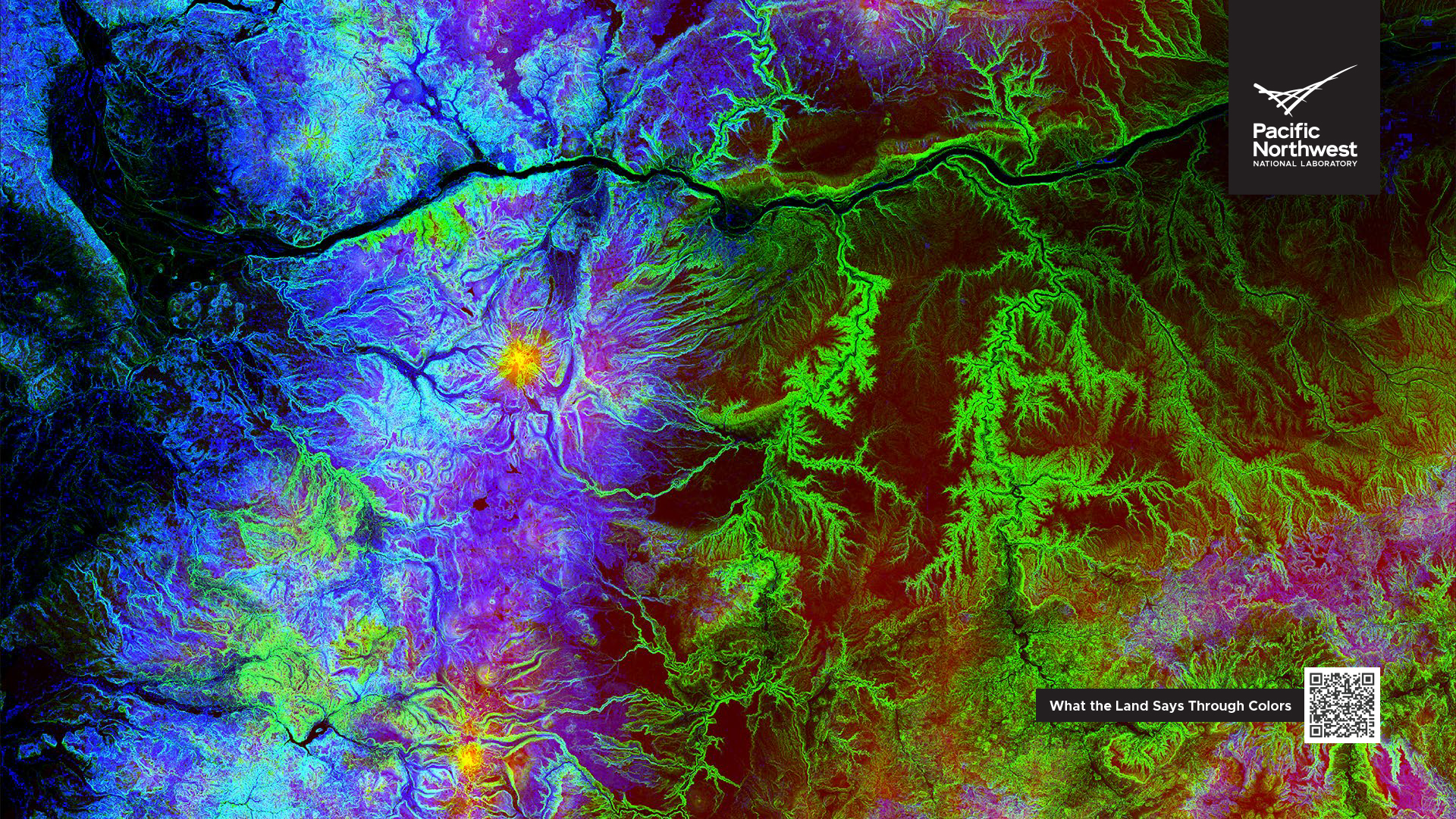 | Wildfire Risk & Resilience: From early warning to long-term planning, PNNL transforms wildfire science into solutions that protect people, infrastructure, and the environment. |
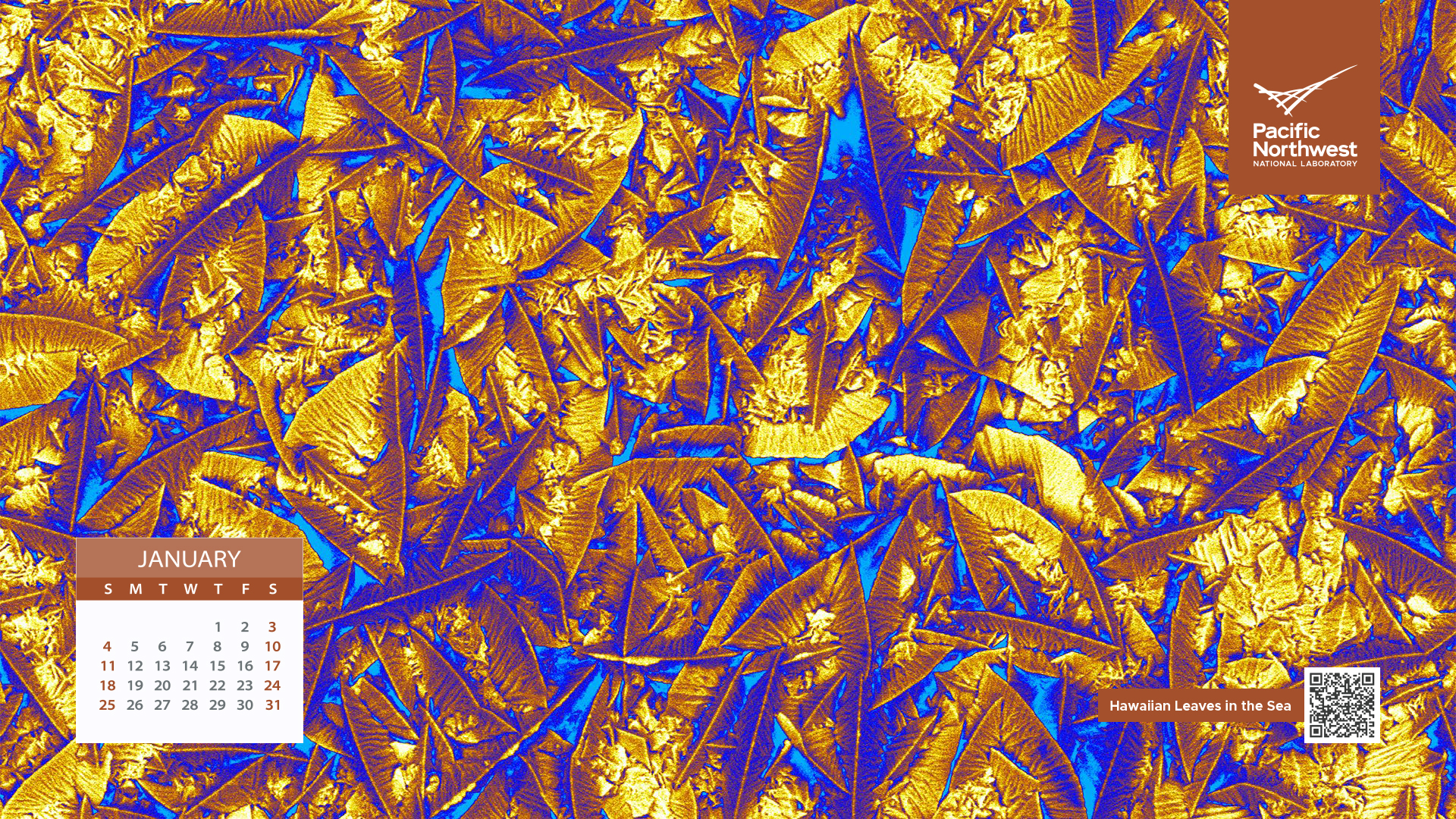 | Hydrogen and Fuel Cells: Research, development, and innovation to advance hydrogen and fuel cells at PNNL. |
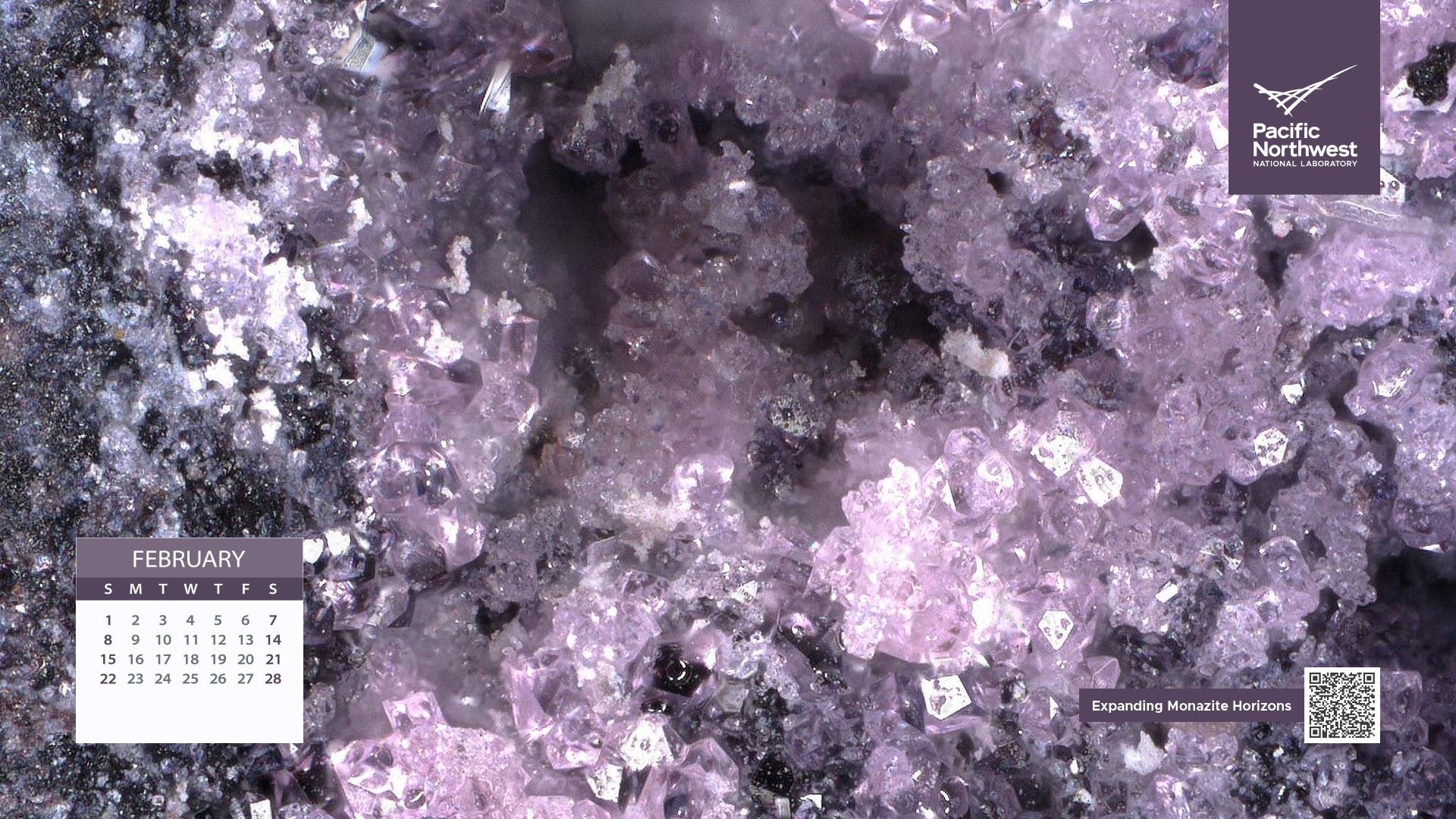 | Glass-Bonded Monazite Waste Forms for Lanthanide and Actinide Immobilization: From Theoretical Design to Scale-Up Production and Characterization: The study examines waste management in molten salt reactors, focusing on real-time processing to remove neutron poisons like xenon isotopes and rare earth elements. |
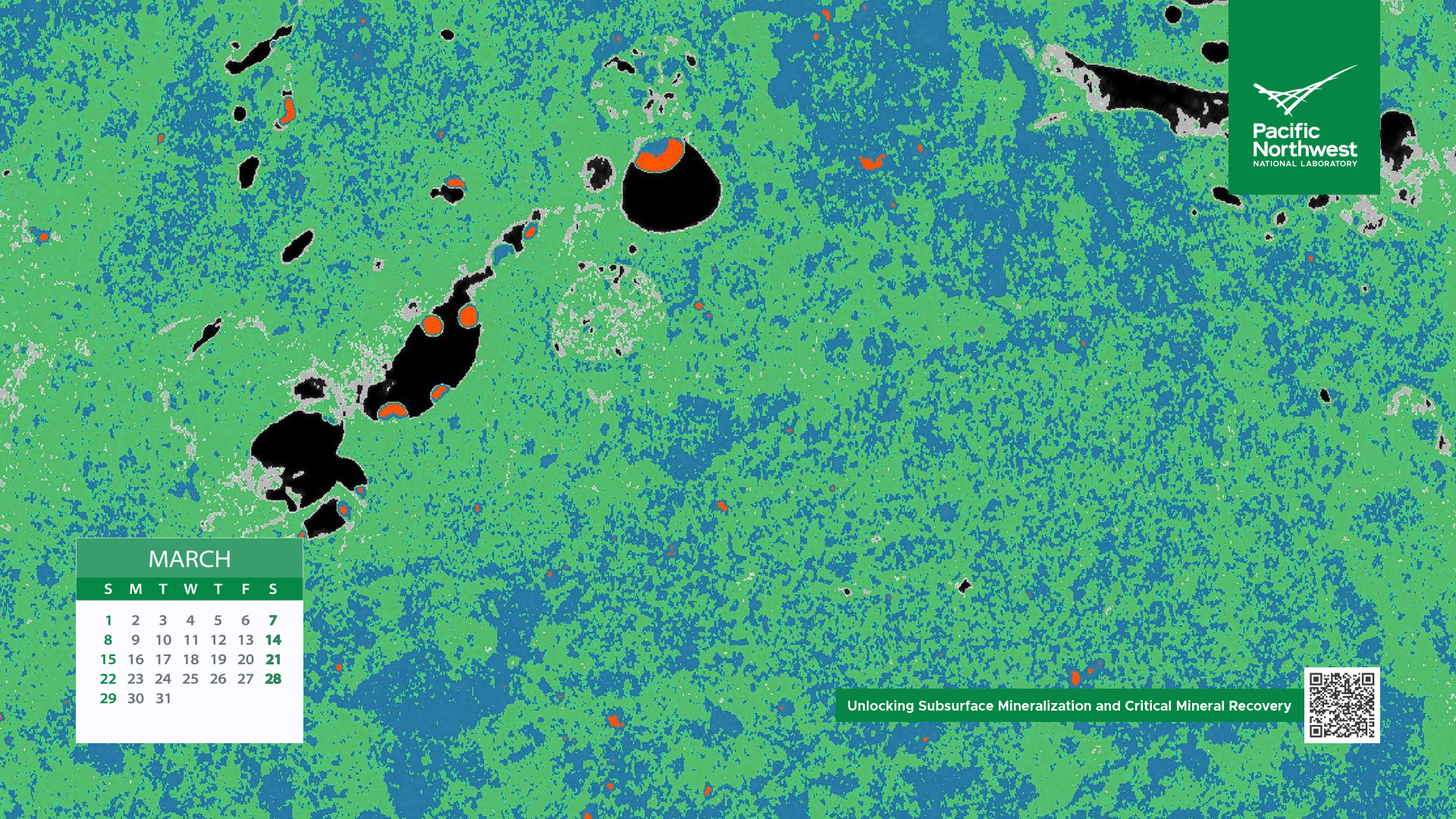 | Wallula Basalt Project: Example of one of the geologic carbon storage projects at PNNL. |
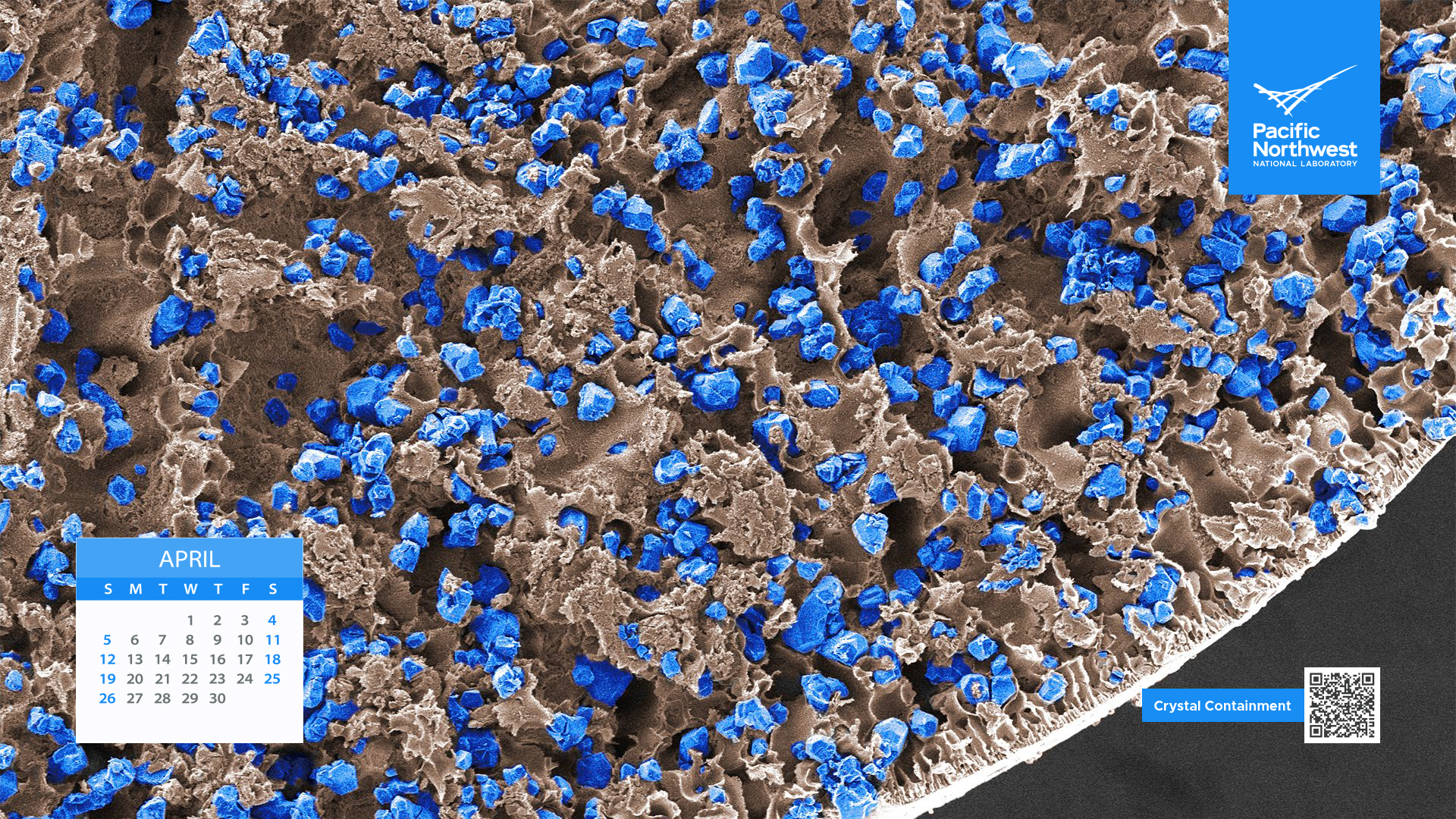 | Mechanisms Governing Noble Gas Adsorption in a Copper-Based Metal–Organic Framework: The study investigates the degradation mechanisms of a metal-organic framework under gamma irradiation, revealing that while the bulk framework remains stable up to a certain dose, the pore properties significantly change, affecting gas adsorption characteristics. |
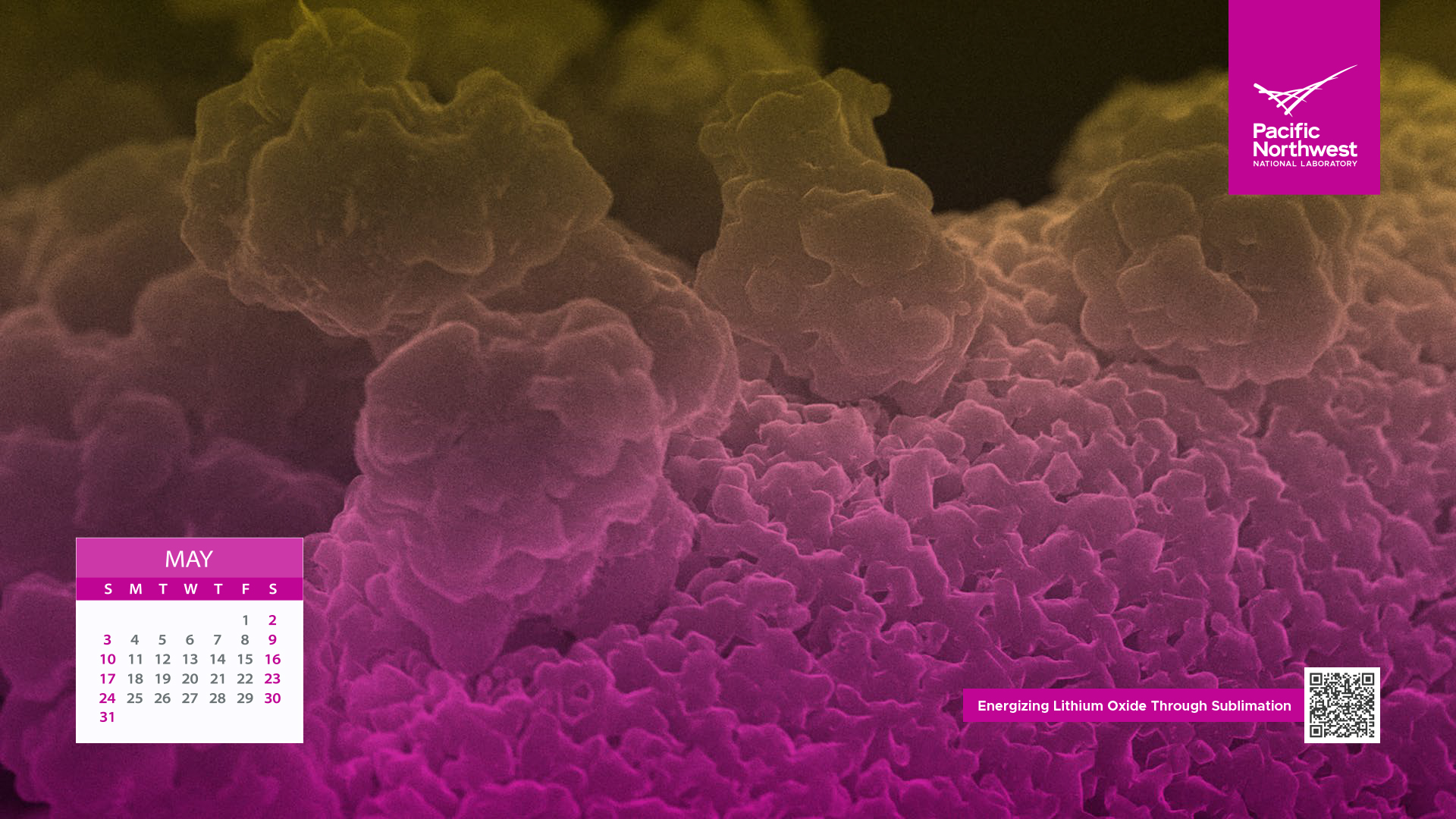 | Discovery Opens Doors for Cheaper and Quicker Battery Manufacturing: Researchers discovered a new way to more efficiently and affordably create nickel-rich battery materials. |
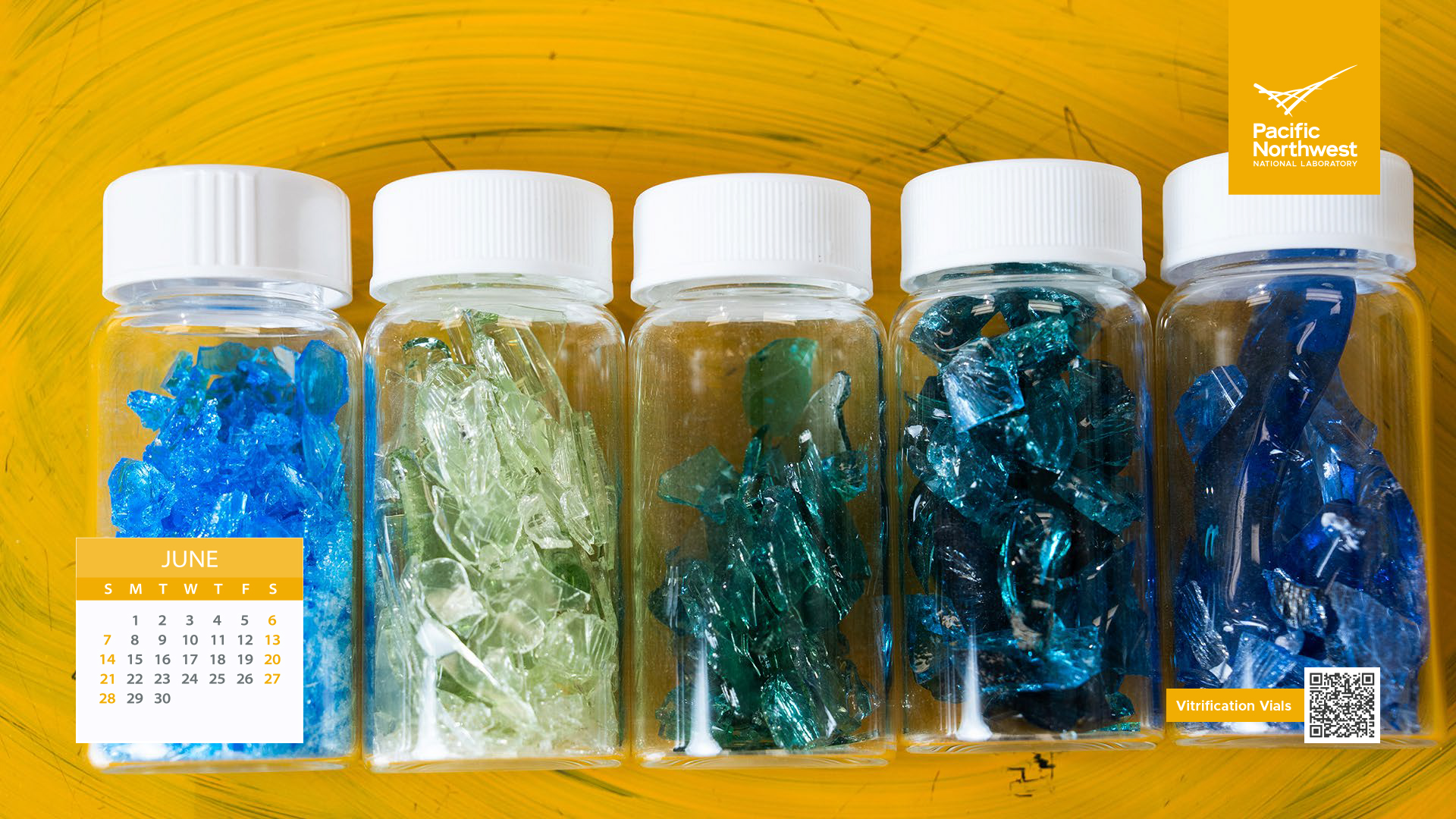 | Wasteform Development Laboratory: This lab, also known as the glass lab, is used to investigate glass, glass-ceramic, grout, metal, and metal-ceramic wasteforms that will withstand corrosion over geologic time. This includes supporting the nation's nuclear waste vitrification efforts at Hanford site. |
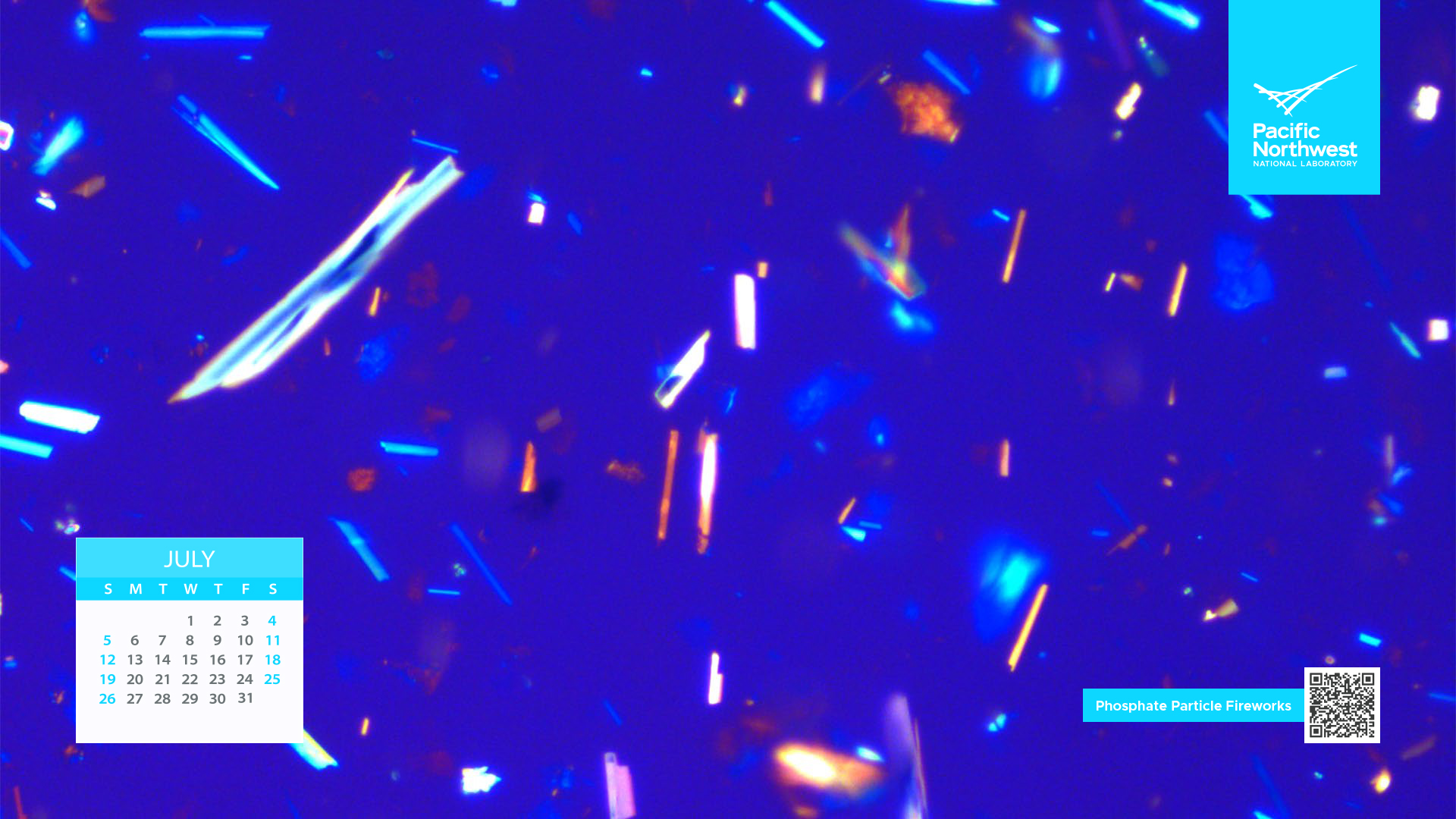 | Waste Processing: PNNL researchers are providing science and engineering expertise to understand the chemical and physical properties of tank waste. |
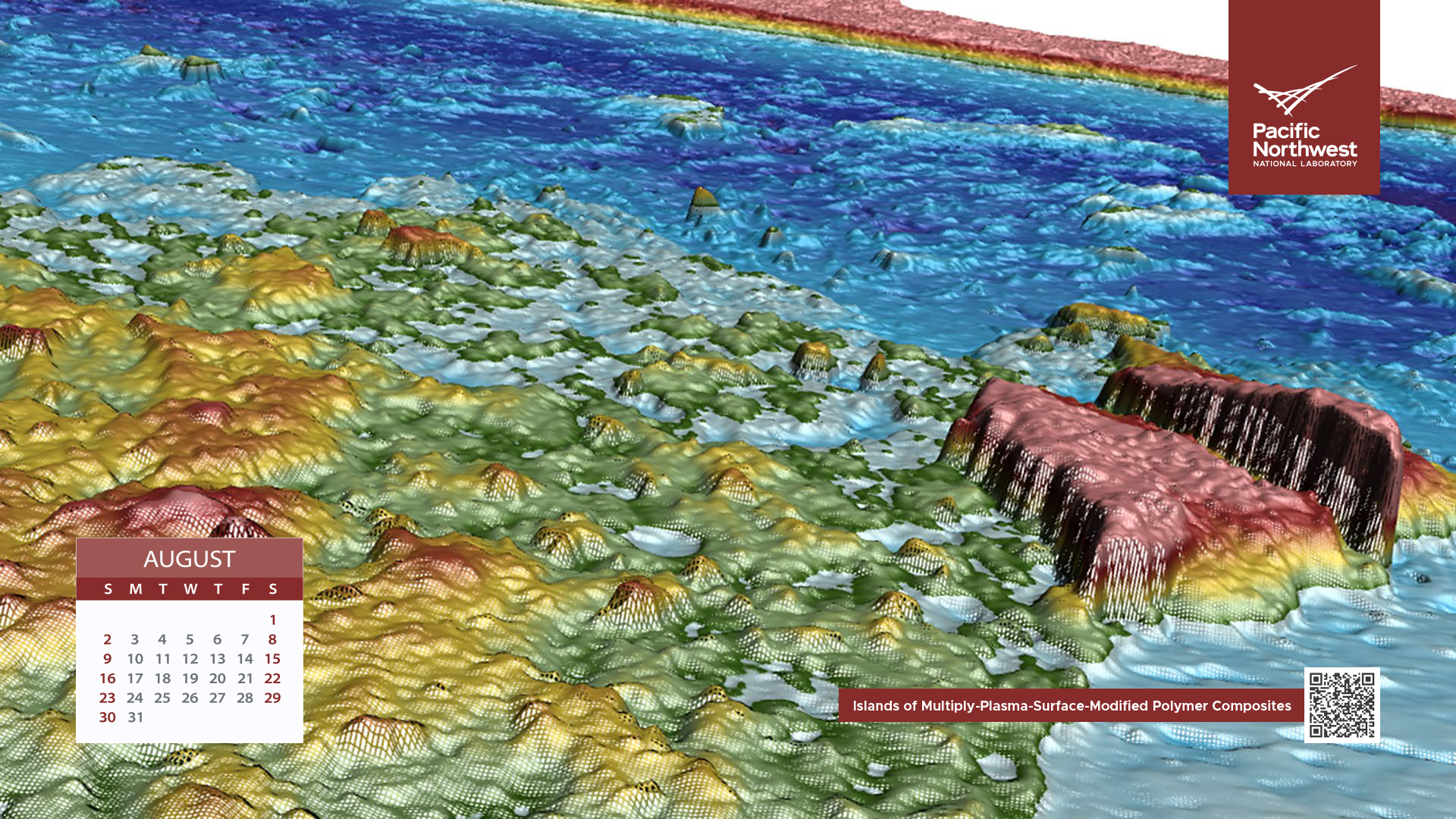 | Micro-Structural Features and Material Properties Impact on Adhesive Metal Joints via Computational Modeling and Machine Learning: This study investigates the structural strength of adhesively bonded metal joints using modeling and machine learning. |
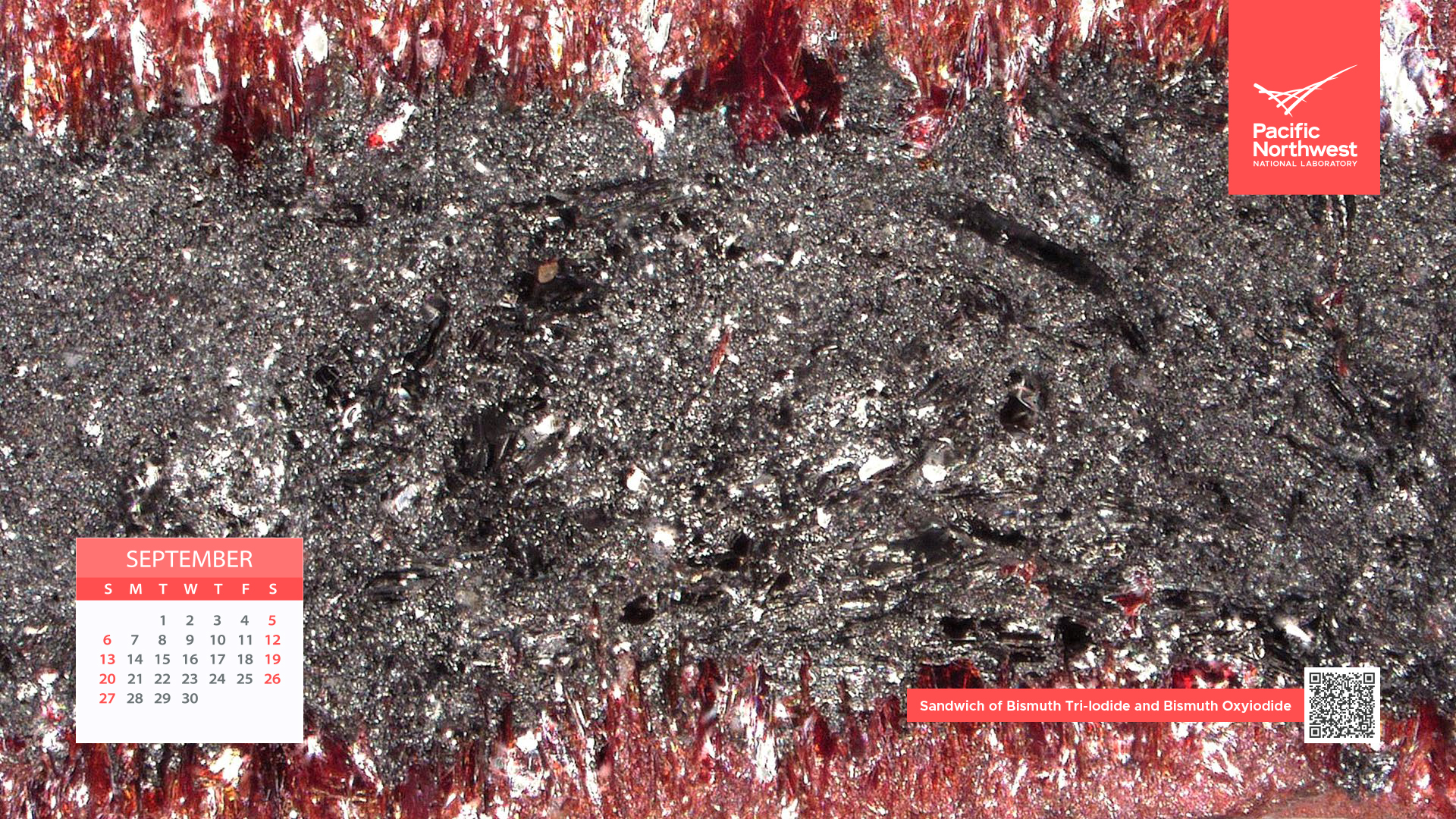 | Pelletization with Spark Plasma Sintering and Characterization of Metal Iodides: An Assessment of Long-Term Radioiodine Immobilization Options: Four iodine getter materials (Ag, Cu, Bi, and Sn) were evaluated for their chemical durability in capturing radioiodine. |
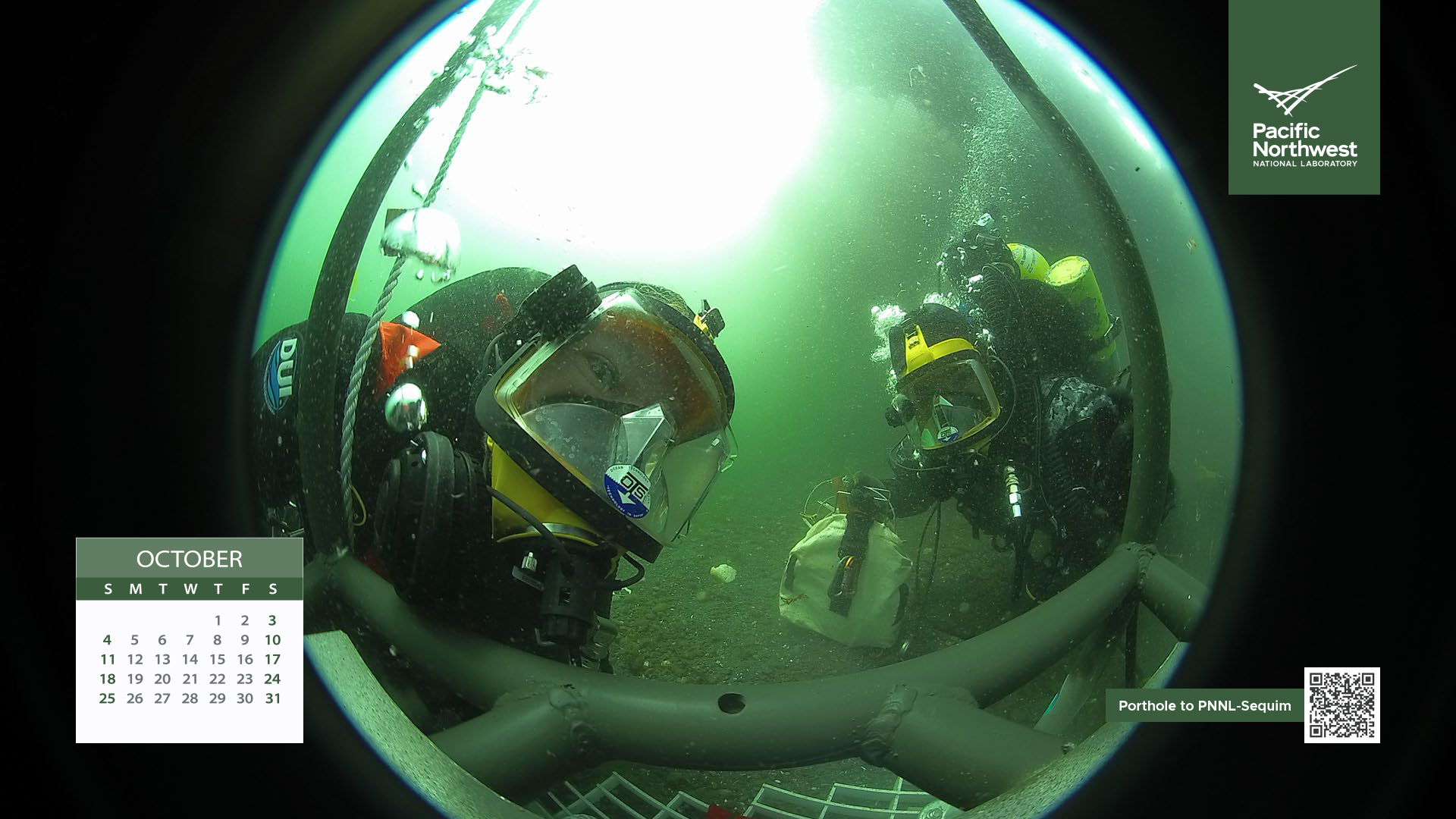 | Scientific Diving at PNNL-Sequim: Marine and coastal research capabilities at PNNL-Sequim include an experienced dive team comprising researchers with a breadth of scientific expertise. |
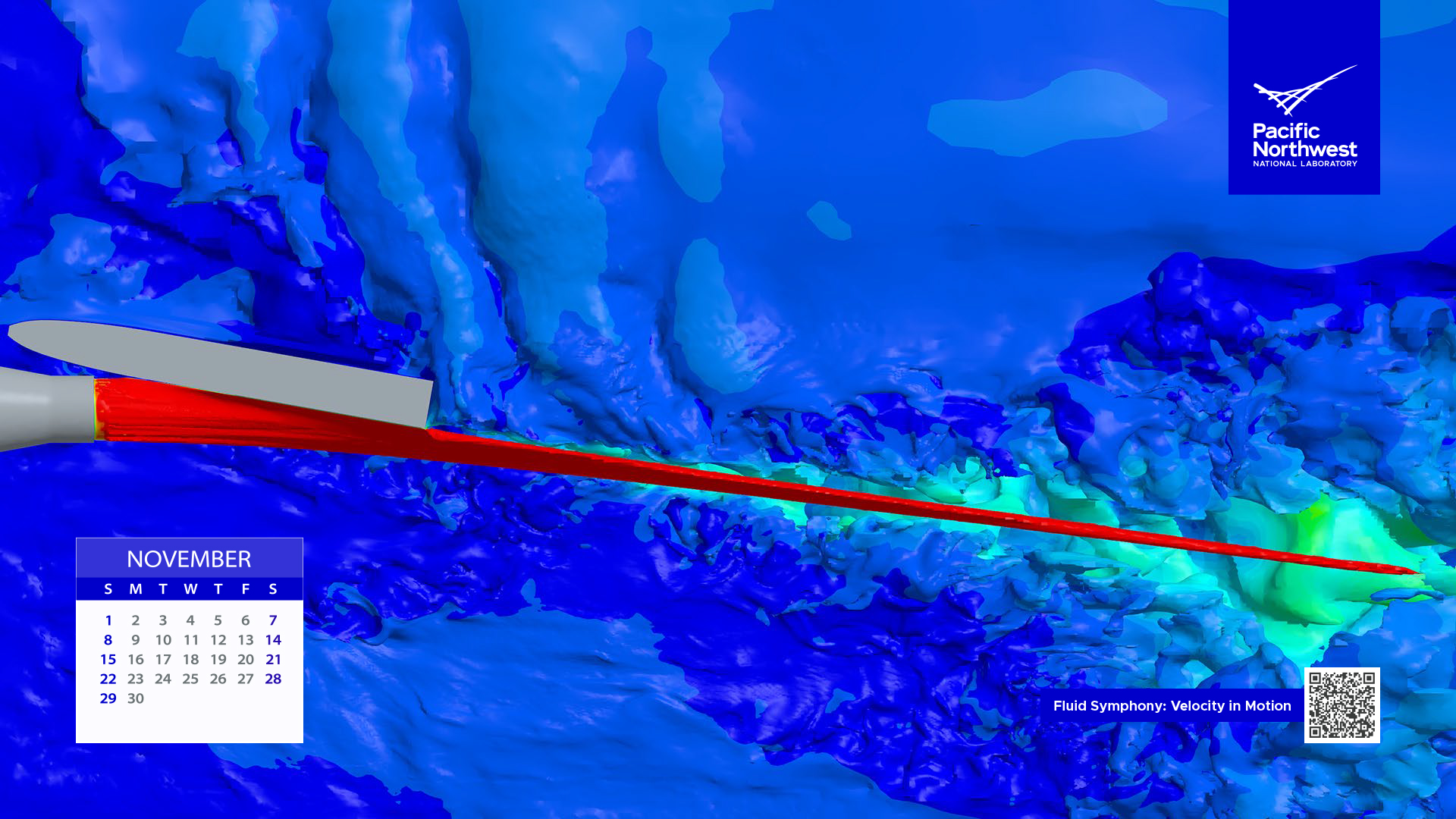 | Computational Studies of Hydraulic Stressors for Biological Performance Assessment in a Hydropower Plant with Kaplan Turbine: The study uses computer simulations to model and analyze fluid movement to assess hydraulic stressors affecting fish who migrate through hydropower plants. |
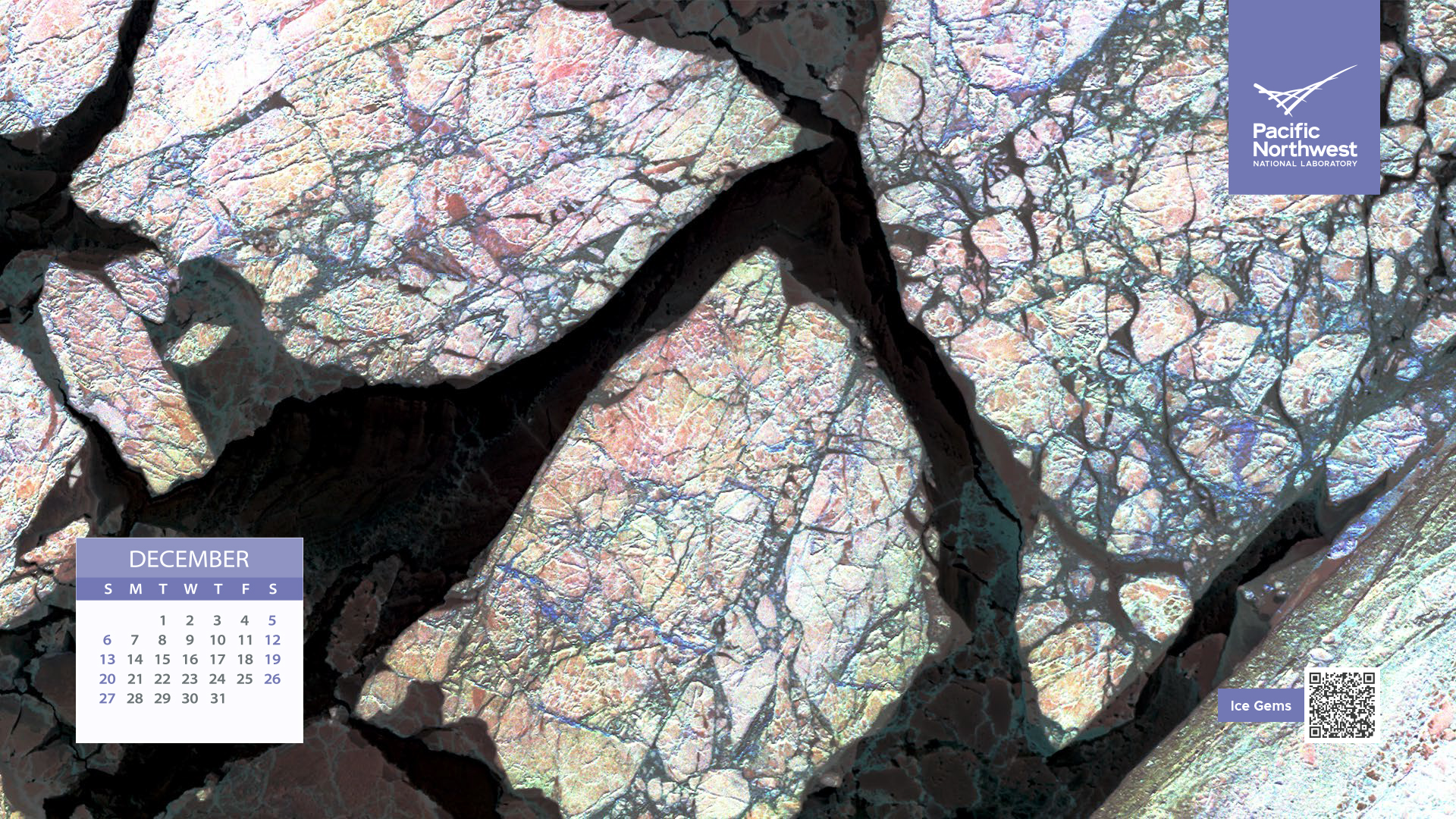 | Arctic PISCES: The Arctic Pacific Infrastructure for Sustaining Continuous Engineering and Science (PISCES) project aims to enhance observing and prediction science in Arctic coastal and inner-shelf regions, improving sub-seasonal to seasonal forecasts of the ocean ice atmosphere system. |